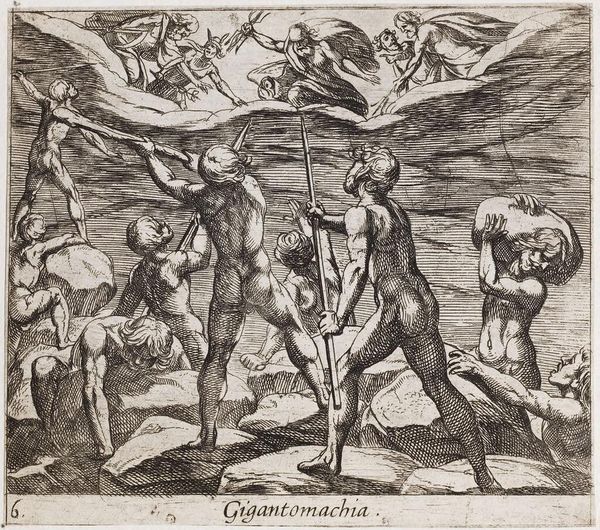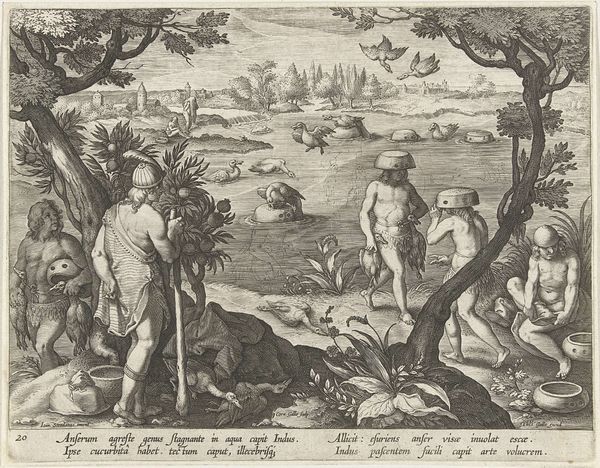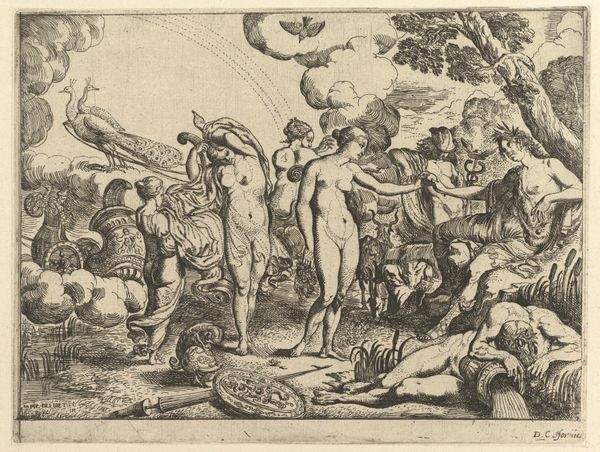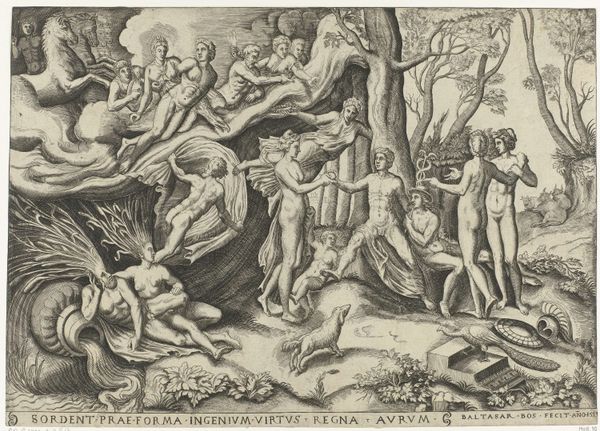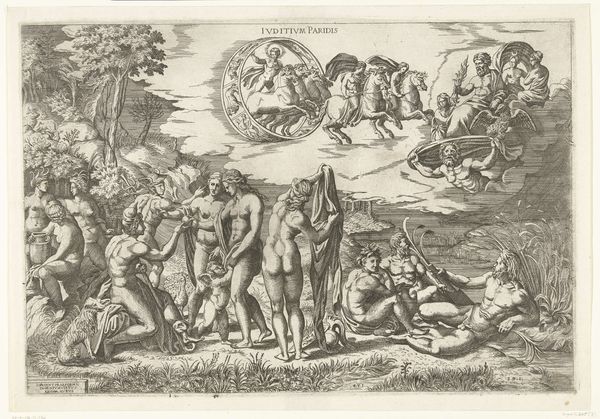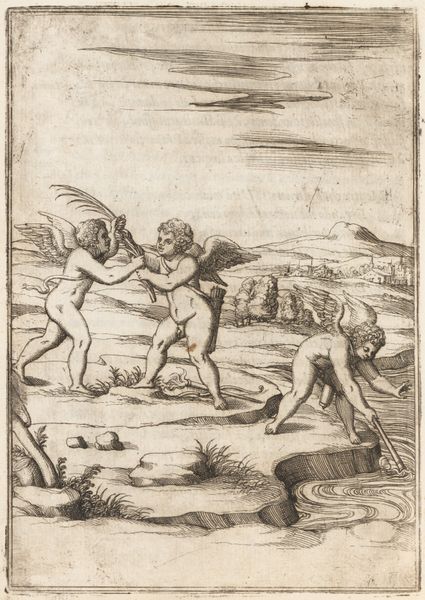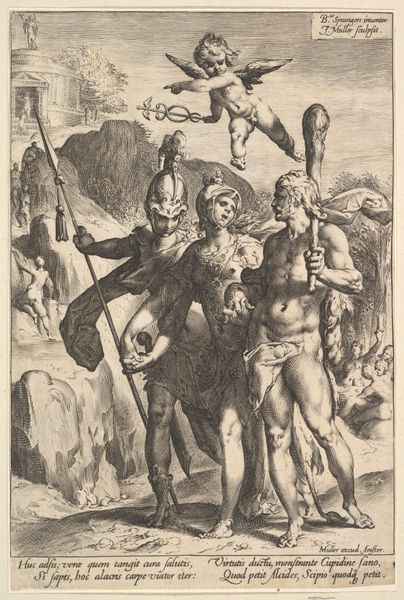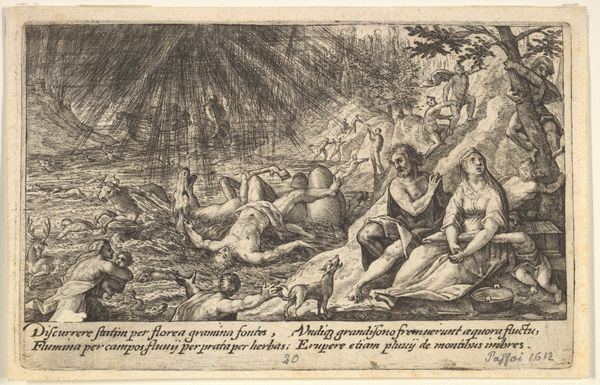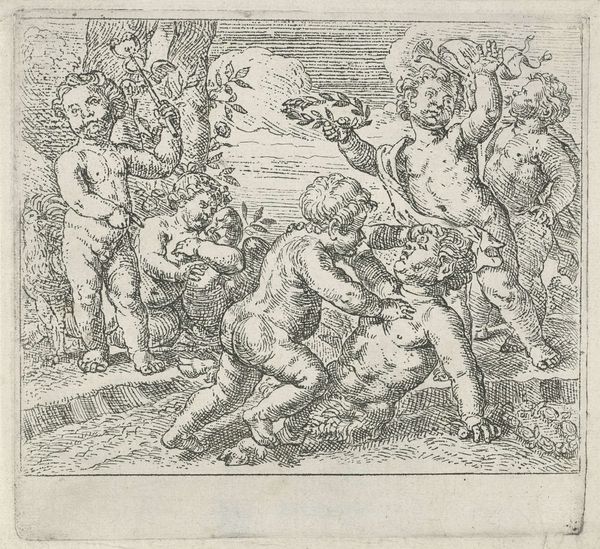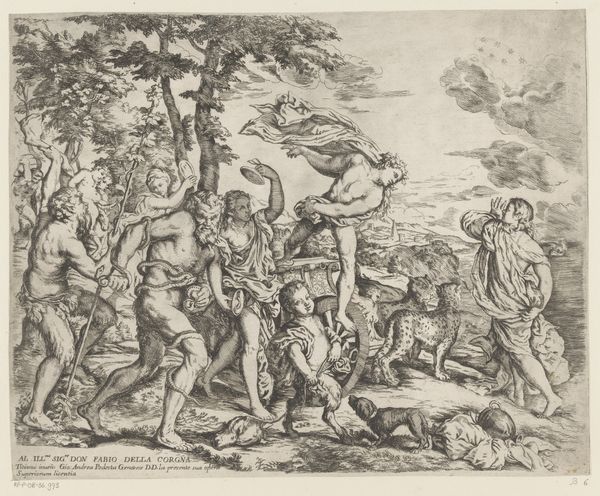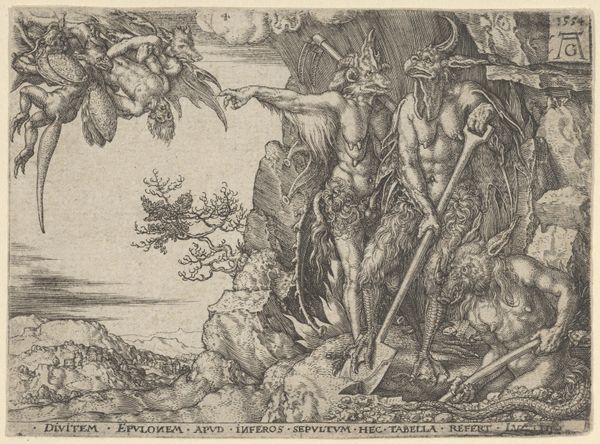
Plate 6: The Giants Attempting to Storm Olympus (Gigantomachia), from Ovid's 'Metamorphoses' 1606
0:00
0:00
drawing, print, engraving
#
drawing
# print
#
mannerism
#
figuration
#
history-painting
#
italian-renaissance
#
nude
#
engraving
#
male-nude
Dimensions: Sheet: 4 1/16 × 4 11/16 in. (10.3 × 11.9 cm)
Copyright: Public Domain
Editor: Here we have Antonio Tempesta's "Plate 6: The Giants Attempting to Storm Olympus" from 1606, an engraving depicting a scene of mythological chaos. The composition is incredibly dynamic, bodies intertwined as the giants hurl rocks at the gods above. What statements about power and resistance do you see reflected here? Curator: It's tempting to read this as a straightforward heroic narrative, but look closer at the historical context. The Gigantomachy myth, with giants rebelling against the established order of the Olympian gods, resonates deeply with periods of social upheaval. Tempesta created this during the Counter-Reformation. Consider that while it was commissioned by those in power, the depiction of giants challenging divine authority offers a visual language of resistance, perhaps subtly echoing the period's challenges to established hierarchies. Editor: So, the seemingly straightforward illustration of mythology can also symbolize social anxieties? Are you suggesting there's a potentially subversive undercurrent in this work? Curator: Precisely! Think about it: who is granted visual dominance? The figures of rebellion fill much of the composition and are defined by muscular frames and forward-moving vectors. While ostensibly a cautionary tale, the artwork visualizes, with tangible energy and artistry, the act of challenging authority. How might that have been viewed by diverse audiences within the stratified society of the early 17th century? Editor: I hadn't considered the potential for the giants to be viewed with any sort of sympathy. It's a reminder that art never exists in a vacuum and that even seemingly classical themes can hold politically charged meanings. I see the potential connections to struggles for power during the Counter-Reformation now. Thank you! Curator: Exploring art as a reflection of—and a contributor to—social narratives gives it new vitality. Now you see the relevance of historical context.
Comments
No comments
Be the first to comment and join the conversation on the ultimate creative platform.
